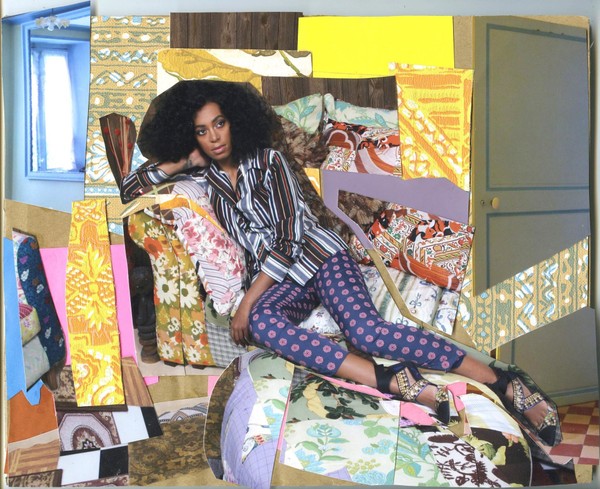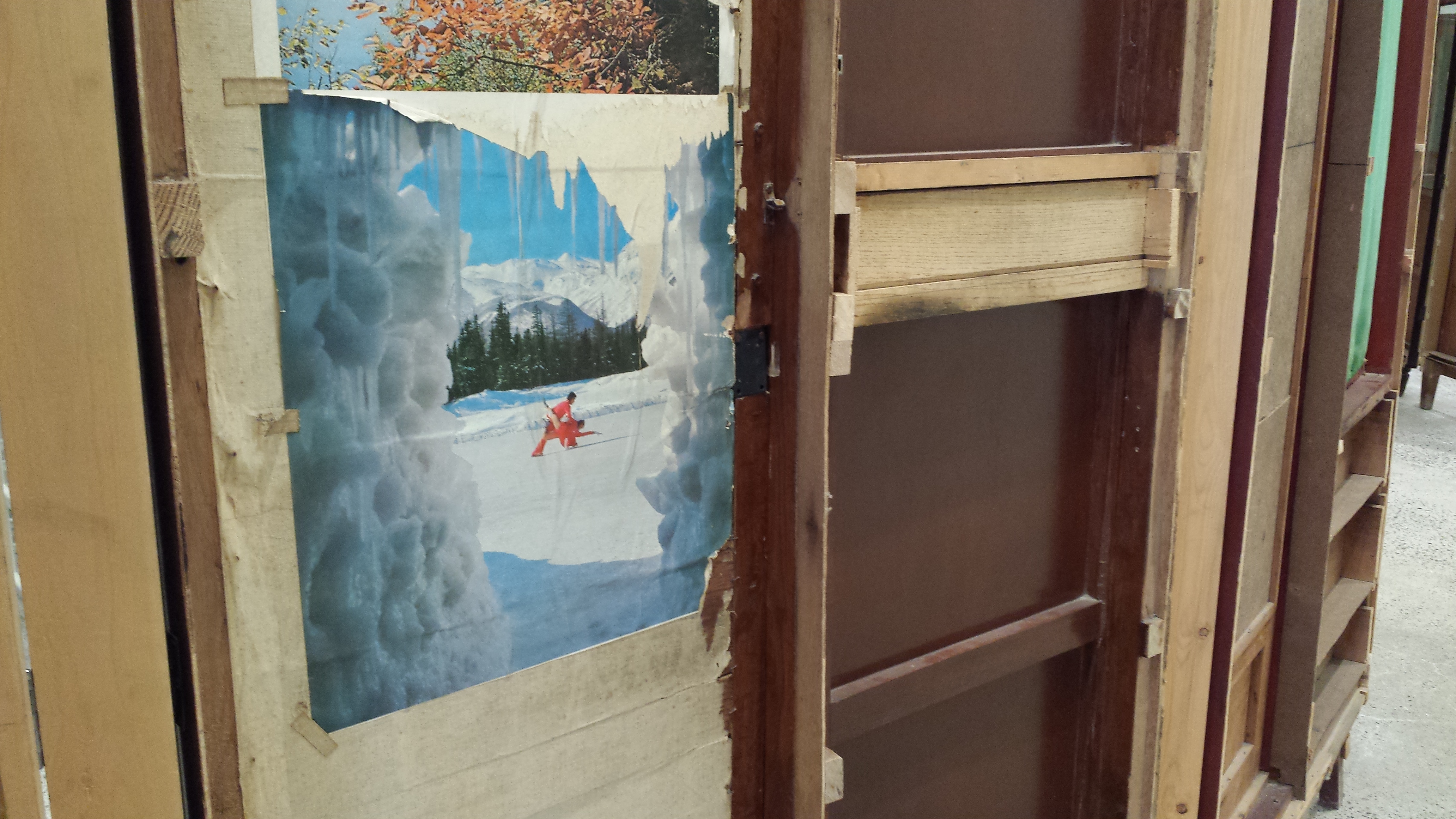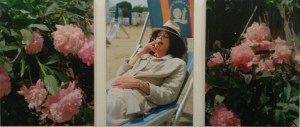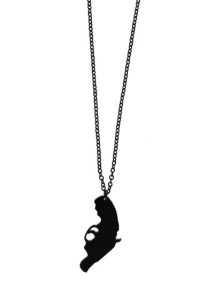Wolfgang Tillmans – To Look Without Fear
Wednesday nights, 6:00 to 9:00 PM, the Art Gallery of Ontario is free. I went to check out the big, new photography show of work by Wolfgang Tillmans.
The place was crowded, especially the 5th floor, where this show is located, and there is a definite “date night” vibe, as numerous young, stylish couples swan about, having intense conversations concerning “visual democracy” and the “amplification of social awareness,” two themes Wolfgang Tillmans identifies as central to his creative role.

When I Googled this artist’s name I was amazed at how much fawning press he gets. “It was a Monday, and Tillmans, dressed in blue Puma sweatpants, Adidas running shoes, and a navy-blue hooded sweatshirt, was standing next to a conference table, drinking a coffee, with several young employees gathered around him.” Navy-blue! This was in the New Yorker. It occured to me that a big part of the critical fascination with his work is on the level of personal charisma. It’s hard to separate him from the work.
The reason I started to work with images from the very beginnning was that I wanted to be involved with what was going on in the world
quote from Wolfgang Tillmans, exhibition guide to the “To look without fear” show at the AGO
He is of his time and he knows what’s going on. His attention wanders from subject to subject, always with a enviably casual air: his friends, abstraction, nightlife, architecture, plant life, his friends, technological change, sea and sky, mundane objects, his friends, clothing (on and off), astronomy, the military, abstraction, his friends and more, and more.


Yes, most of us carry around hundreds of images on our phones, evidence of our passing interests, friends, vacations, ideas of beauty, irony, parrots possibly or today’s lunch, a dress I’m thinking of buying, all sorts of confusion. Every passing interest, even the briefest momentary focus that slips through our visual field, is documented and retained. We hoard images. Or, maybe we post them on Instagram and TikTok. Occasionally a few of our photographs are really good. Wow! They might equal or even surpass the work of Wolfgang Tillmans in how they define the moment — not just our moment — but The Moment.
Wolfgang Tillmans embodies all that, harvesting images and spewing them back. He is Everyman, his interests approximating those of his demographic cohort. (Except he is better, cooler, taller, much more interesting.) And his work is in museums around the world. And, he is the artist. He wants us all to look without fear and so, without judgement, and to really see the world. He is just a messenger, conveying something larger than himself.


In 2010 I saw a massive exhibition of the photographs of William Eggleston – prints from 1961 to 2008 — at the LA County Museum. In the catalogue from that show, Eggleston is called the “master of color photography, a poet of the mundane, and proponent of the democratic treatment of his subjects.” He definitely has something in common with Wolfgang Tillmans. (Do all photographers have this “democratic” impulse?)

William Eggleston’s daughter, Andra Eggleston, explains his appeal when she talks about growing up in Memphis, where her father’s career began, and how that city shaped his images. “It was a wonderful, magical, dark, rich, beautiful, ugly, complicated place,” she says. (I feel the same way about Winnipeg!) William Eggleston, got it all down, in colour. Wolfgang Tillmans gets it all down too, but nothing as specific as his hometown somewhere in Germany. He taps into his generation’s observations, through representing his restless, wandering attention.

This massive show is organized roughly chronilogically. Some of his earliest works are on display, sort of grimey, murky smears of grey made in a copy shop in Germany with a Canon-NP-9030 laser photocopier. (These were made back in the early 80s. He had the confidence to carefully preserve them. Now that is presience.)

Some of the prints are beautifully framed, most are unframed, taped to the walls or clipped and hung from pins. Some are ridiculously large, others snapshot size, some glossy, other matte, grouped or single, pulled out of magazines, laid on tabletops under glass.


Sometimes he forgets and tumbles into cliche and naivety, for example, the grid of shots of the Concorde….

…or his piece from the Neue Welt (New World) series.

But we forgive him, because he says: “the camera is like a tool for me to see and record much more than I can possibly understand in that moment” and we can all relate to that idea.


































































